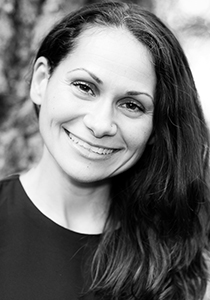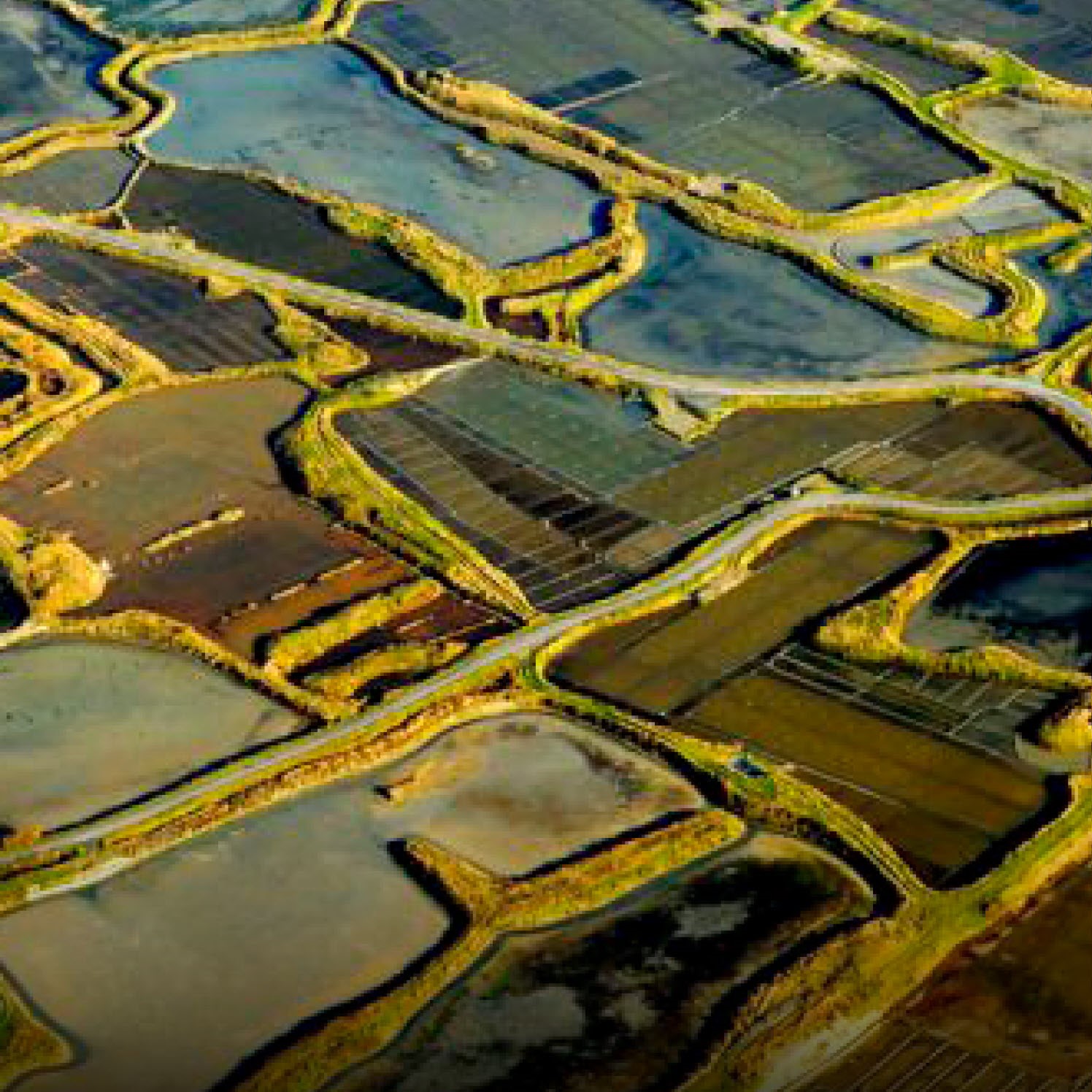
It is an honor to present Alison Duvall as the recipient of the Luna B. Leopold Award for 2016. Alison’s contributions have fundamentally advanced understanding of landscapes across a range of scales—from the width of bedrock channels, to the uplift of Tibet, quantitative analysis of landforms across strike-slip faults, and landslides in the Pacific Northwest. It is particularly appropriate for her to receive this award as one of the hallmarks of Leopold’s career was merging field observations and theory to develop insights into a wide range of geomorphological features and processes.
Alison played a key role in early efforts to understand controls on bedrock channel profiles, publishing one of the first papers that helped establish bedrock channel width as a degree of freedom in accommodating spatial variation in rock uplift and erodibility. She influenced thinking about the tectonic geomorphology of Tibet, establishing that faulting began in northeastern Tibet far earlier than previously believed and challenging models for the development of the plateau. She applied low-temperature detrital thermochronometry to rivers draining the eastern margin of the Tibetan Plateau and found evidence for regionally synchronous late Miocene exhumation and uplift. In applying landscape evolution modeling to the quantitative analysis of strike-slip landforms, she developed methods for quantifying the topographic signature of the deformation of catchments along strike slip faults, opening up new ways of analyzing landscapes in tectonically active regions. She was a driving force behind using surface roughness to date Holocene landslides in area around the deadly Oso landslide, demonstrating how to rapidly assess risk in landslide-prone terrain. Alison has established herself as a researcher adept at field, laboratory, and modeling approaches across fluvial, tectonic, and hillslope geomorphology. She is a deserving recipient of an award that honors a scientist whose breadth and depth of interests continue to inspire.
—David R. Montgomery, University of Washington, Seattle

Geomorphic features near strike‐slip faults, including offset channels, have long been used in paleoseismology. Recent numerical models sugge...





